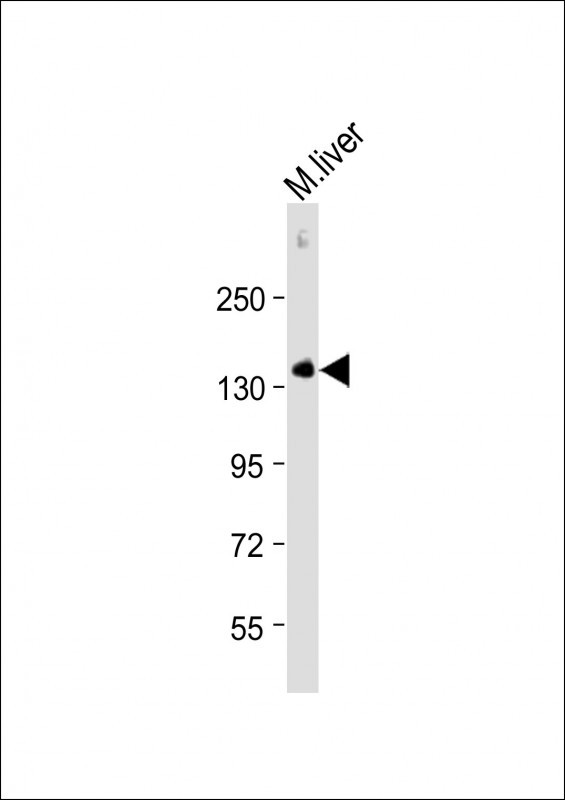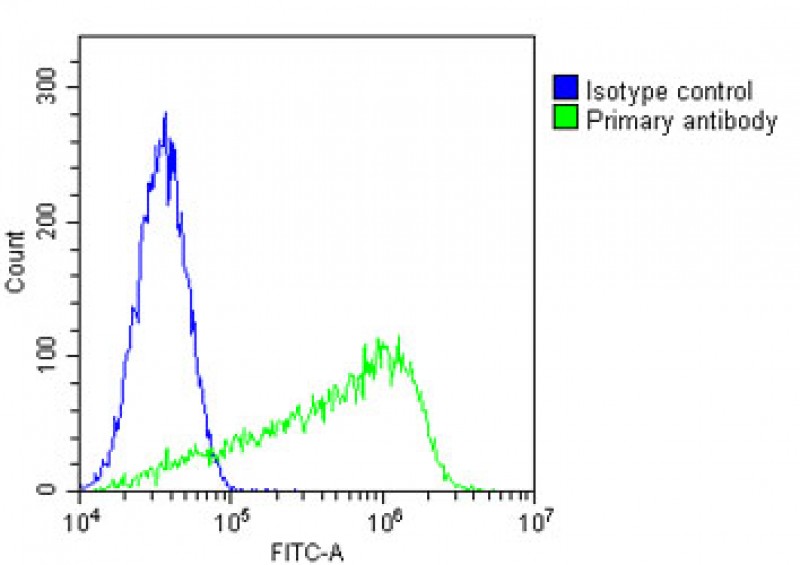

| WB | 咨询技术 | Mouse, Rat, Hamster |
| IF | 咨询技术 | Mouse, Rat, Hamster |
| IHC | 咨询技术 | Mouse, Rat, Hamster |
| ICC | 技术咨询 | Mouse, Rat, Hamster |
| FCM | 1/25 | Mouse, Rat, Hamster |
| Elisa | 咨询技术 | Mouse, Rat, Hamster |
| Aliases | Platelet endothelial cell adhesion molecule, PECAM-1, CD31, Pecam1, Pecam, Pecam-1 |
| Entrez GeneID | 18613 |
| WB Predicted band size | 81.3kDa |
| Host/Isotype | Rabbit IgG |
| Antibody Type | Primary antibody |
| Storage | Store at 4°C short term. Aliquot and store at -20°C long term. Avoid freeze/thaw cycles. |
| Species Reactivity | Mouse, Rat, Hamster |
| Immunogen | This Mouse CD31 antibody is generated from rabbits immunized with a KLH conjugated synthetic peptide between 508-536 amino acids from the C-terminal region of mouse CD31. |
| Formulation | Purified antibody in PBS with 0.05% sodium azide. |
+ +
以下是3-4篇关于CD31(PECAM-1)抗体的参考文献摘要整理:
---
1. **文献名称**: *CD31 (PECAM-1): A Key Player in Vascular Biology and Inflammation*
**作者**: Newman, P.J. et al.
**摘要**: 该综述系统总结了CD31在内皮细胞黏附、血管生成和炎症反应中的核心作用,强调其抗体在血管通透性研究及免疫细胞迁移实验中的应用价值。
2. **文献名称**: *Monoclonal Antibody to Murine CD31 Alters Angiogenesis in Tumor Models*
**作者**: DeLisser, H.M. et al.
**摘要**: 研究通过抗CD31单克隆抗体(克隆MEC 13.3)抑制小鼠肿瘤血管生成,证明CD31信号通路在肿瘤微环境中的调控作用,为抗血管治疗提供依据。
3. **文献名称**: *CD31 Immunohistochemistry in Pathological Diagnosis of Vascular Tumors*
**作者**: Folpe, A.L. & Chand, E.M.
**摘要**: 分析CD31抗体在血管源性肿瘤(如血管肉瘤)诊断中的敏感性和特异性,验证其作为内皮细胞标志物在临床病理学中的可靠性。
4. **文献名称**: *CD31 Antibody Blocks Leukocyte Transmigration via Endothelial Junctions*
**作者**: Muller, W.A. et al.
**摘要**: 实验表明抗CD31抗体通过干扰内皮细胞间连接,抑制白细胞跨内皮迁移,揭示CD31在炎症反应中的分子机制及潜在治疗意义。
---
以上文献涵盖CD31抗体的基础机制、肿瘤研究、诊断应用及免疫调节作用,可根据具体需求进一步查阅原文。
The M CD31 antibody targets CD31. a glycoprotein also known as Platelet Endothelial Cell Adhesion Molecule-1 (PECAM-1). CD31 is a member of the immunoglobulin superfamily, characterized by six extracellular Ig-like domains, a transmembrane region, and a cytoplasmic tail. It is predominantly expressed on endothelial cells, platelets, and certain immune cells, playing critical roles in cell adhesion, leukocyte transmigration, and vascular homeostasis. CD31 mediates homophilic (cell-to-cell) and heterophilic interactions, facilitating endothelial cell cohesion, angiogenesis, and inflammatory responses.
The M CD31 antibody, often derived from murine sources, is widely used in research to identify and study endothelial cells in tissues, assess vascular density in tumors, and investigate inflammatory or vascular pathologies. It is a key tool in immunohistochemistry (IHC), flow cytometry, and immunofluorescence to visualize vascular networks or track endothelial activation. In cancer research, CD31 staining helps quantify tumor vasculature, correlating with malignancy and metastasis. Studies also explore its role in cardiovascular diseases, such as atherosclerosis, where endothelial dysfunction is pivotal.
First characterized in the 1990s, CD31 remains a biomarker for vascular biology. The M clone, among others, ensures specificity for murine or human CD31. depending on its design. Its applications extend to developmental biology, immunology, and therapeutic targeting, underscoring its importance in understanding vascular and immune system interplay.
×